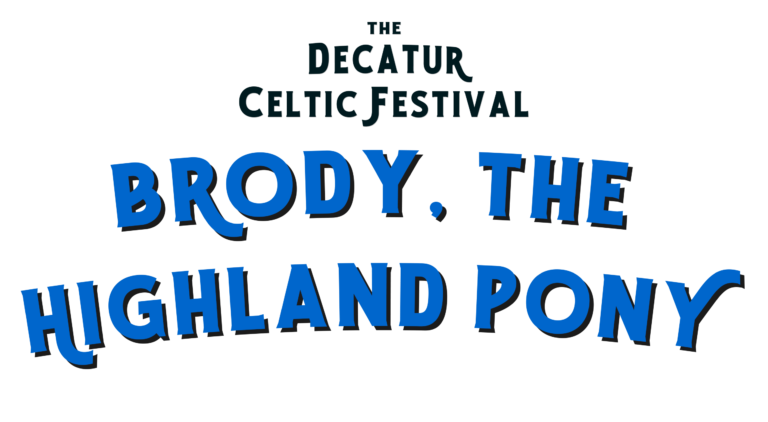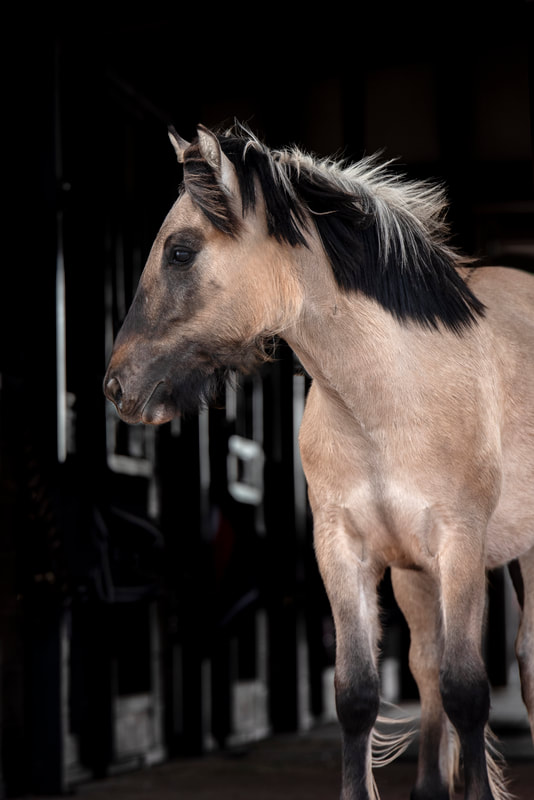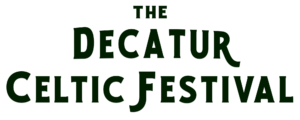Meet Brody!
We’re excited to announce that Brody, the Highland Pony, will visit the Decatur Celtic Festival this year! Come out, meet Brody, and learn more about this incredible pony breed.
About Highland Ponies
The Highland Pony is one of the two native pony breeds of the Scottish Highlands and Islands. It has adapted over many centuries to the variable and often severe climatic and environmental conditions of Scotland. The winter coat consists of a layer of strong, badger like hair over a soft, dense undercoat which enables this breed of pony to live out in all weathers. This coat is shed in the spring to reveal a smooth summer coat. This essential hardiness is combined with a kindly nature and an even temperament. The Highland Pony is a strong, well balanced, compact pony with all its features being in proportion to its height. It is one of the largest of the British Native Breeds and should show substance and strength. (The pedigree information is fine. The Highland Pony Society itself was established in 1923).
The breed standard describes the colours of coat which includes a range of duns from mouse, cream, yellow to grey all of which display the eel stripe and occasionally zebra markings on upper legs and shoulders. Whole colours include grey, black, brown, bay and sometimes liver chestnut with a silver mane and tail. Broken colours such as skewbald and piebald are not allowed. It can be difficult to assess the potential adult colour of a foal as many change considerably during their early years. A small star is acceptable but any other white markings on face or legs are strongly discouraged, as is white on hoofs. There is a high possibility of these markings recurring through breeding with these ponies and, although they may show other strong Highland pony characteristics, it is a trait which the Society has aimed to minimise for a considerable period of time.
The Highland Pony has proven itself as a useful crofters (farm) equine, able to pull a plow in field or cart to church, lend itself to being a ridden pony over terrain and fences, and carrying a picnic up the hill and bringing birds home in panniers.When men went off to war, women and children managed crofts with Highland ponies due to their easy going temperament.
Over time two distinct types emerged. The Garron, or traditional larger pony, and the Western Isles type, a slightly smaller, finer type pony. The term “garron” is now very seldom used.
Modern ponies with affable temperaments and trainability are capable of continuing their roles of the past, as well as, competing in dressage, working hunter, cross country, therapeutic riding, and more.



